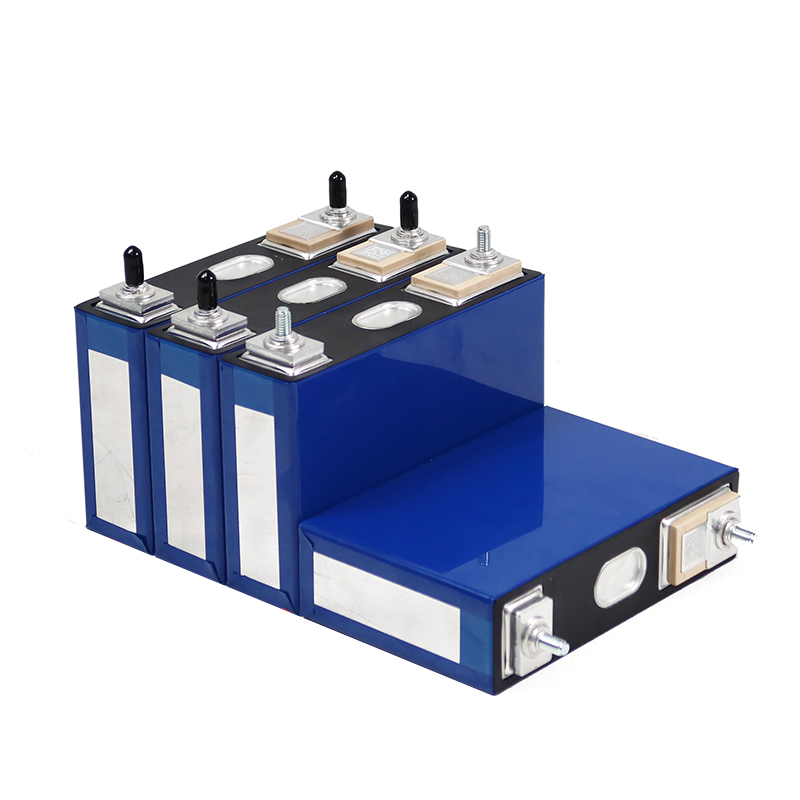As an important part of electric vehicles, lithium-ion batteries will have some environmental impact during the use phase. For a comprehensive environmental impact analysis, lithium-ion battery packs, consisting of 11 different materials, were chosen as the object of study. By implementing the life cycle assessment method and the entropy weight method to quantify the environmental load, a multi-level index evaluation system based on the characteristics of the environmental battery is created.
The rapid development of the transport industry1 plays a particularly important role in economic and social development. At the same time, it also consumes a large amount of fossil fuels, causing serious environmental pollution. According to the IEA (2019), about a third of global CO2 emissions come from the transport sector. In order to reduce the huge energy demand and environmental burden of the global transport industry, the electrification of the transport industry is considered one of the key measures to reduce pollutant emissions. Thus, the development of environmentally friendly and sustainable vehicles, especially electric vehicles (EVs), has become a promising option for the automotive industry.
Starting from the 12th Five Year Plan (2010-2015), the Chinese government has decided to promote the use of electric vehicles to make travel cleaner. However, the severe economic crisis has forced countries to face problems such as the energy crisis, rising fossil fuel prices, high unemployment, rising inflation, etc., which have affected the social mentality, consumer ability of people and government decision-making. Thus, the low acceptance and acceptance of electric vehicles hinders the early adoption of electric vehicles in the market.
On the contrary, sales of fuel-powered vehicles continued to decline, and the growth trend in the number of owners slowed down. In other words, with the enforcement of regulations and the awakening of environmental awareness, sales of conventional fuel vehicles have changed opposite to sales of electric vehicles, and the penetration rate of electric vehicles is rapidly increasing. At present, lithium-ion batteries (LIB) are the best choice in the field of electric vehicles due to for their light weight, good performance, high energy density and high power output. In addition, lithium-ion batteries, as the main technology for battery storage systems, also have great potential in terms of sustainable energy development and a significant reduction in carbon emissions.
In the process of promotion, electric vehicles are sometimes viewed as zero-emission vehicles, but the production and use of their batteries has a big impact on the environment. Consequently, recent research has focused more on the environmental benefits of electric vehicles. There is a lot of research on the three stages of production, use and disposal of electric vehicles, took three of the most widely used lithium nickel cobalt manganese oxide (NCM) and lithium iron phosphate (LFP) batteries in the Chinese electric vehicle market as a study subject and conducted a special analysis. of these three batteries based on the life cycle assessment (LCA) of the stages of production, use and recycling of traction batteries. The results show that the lithium iron phosphate battery has better environmental performance than the triple battery in general conditions, but the energy efficiency in the use phase is not as good as the triple battery, and has more recycling value.
Post time: Aug-10-2023










